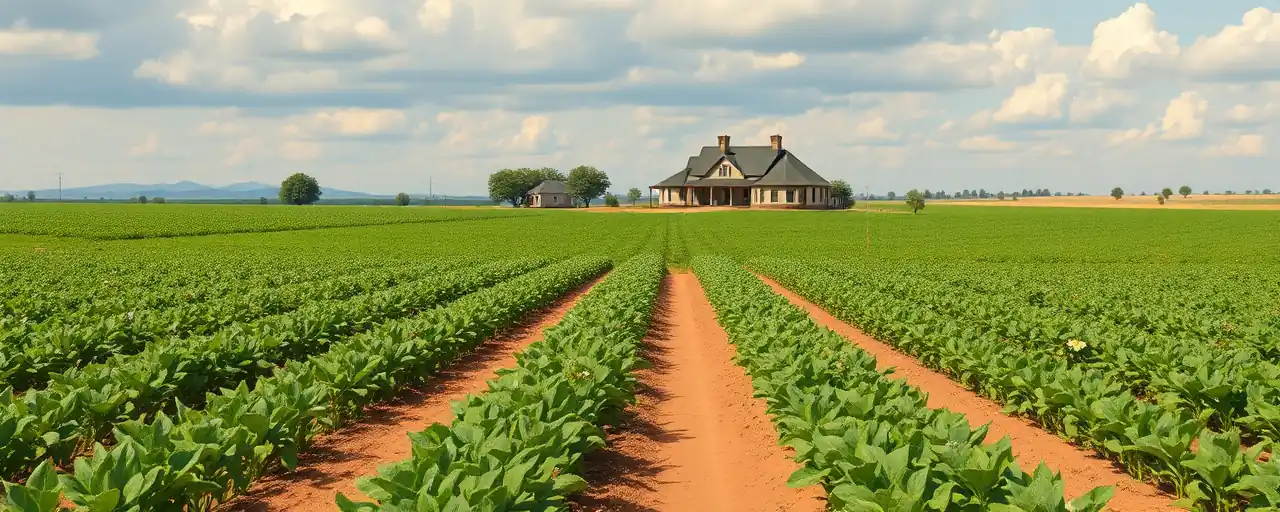A State Under Siege
Northeast Texas lies battered, its homes and businesses torn apart by tornadoes that ripped through Morris County and beyond earlier this month. The scars of these storms, part of a brutal 2025 tornado season with over 470 twisters nationwide, run deep. Yet, in the face of devastation, Governor Greg Abbott is taking charge, requesting a U.S. Small Business Administration disaster declaration to unlock low-interest loans for affected communities. This move isn’t just about recovery; it’s a bold statement that Texas can lead its own rebuilding without drowning in federal red tape.
The storms came out of nowhere, leveling structures and livelihoods in a region already bracing for an unpredictable spring. With 34 tornado-related deaths across the U.S. this year and damages potentially reaching billions, the stakes are high. Abbott’s response, rooted in action and accountability, contrasts sharply with the sluggish, one-size-fits-all approaches often pushed by Washington bureaucrats. His request for SBA loans signals a commitment to empowering Texans, not entangling them in endless government programs.
This isn’t blind optimism. The governor’s plan hinges on hard data, with local and state officials meticulously analyzing damage to ensure Morris County meets federal thresholds. Unlike the chaos of past disasters, where federal agencies like FEMA often overpromised and underdelivered, Texas is setting the pace, proving that states can handle their own crises when given the tools to do so.
What’s at play here is more than just disaster relief. It’s a fight for self-reliance in an era when federal overreach threatens to smother local initiative. Abbott’s leadership offers a blueprint for how states can reclaim control, using targeted aid to rebuild stronger, not just bigger.
The Power of Local Leadership
Abbott’s request for SBA disaster loans, which could provide up to $2 million per business and $500,000 for homeowners, is a lifeline for Northeast Texas. These loans, with interest rates as low as 4% and terms up to 30 years, are designed to bridge the gap where insurance falls short. Unlike federal grants that often come with strings attached, these loans respect the dignity of work, requiring repayment and fostering accountability. It’s a system that rewards resilience, not dependency.
The process behind this request shows Texas at its best. Local officials, alongside state and federal partners, conducted joint damage assessments, while Texans themselves reported losses through self-reporting surveys like the state’s iSTAT tool. This isn’t just paperwork; it’s a revolution in disaster response. By empowering residents to document their own damages, Texas is cutting through bureaucratic fog, ensuring aid flows where it’s needed most. Compare that to the 2025 Los Angeles wildfires, where federal aid, though totaling over $2 billion, left many small businesses stranded due to complex applications and delays.
Critics of state-led recovery, often cozy with big-government solutions, argue that only federal agencies like FEMA can handle disasters of this scale. They point to the billions in damages from 2024’s 27 billion-dollar weather events as proof. But their logic crumbles under scrutiny. Centralized systems breed inefficiency, as seen in FEMA’s post-Katrina failures, where aid was slow and misallocated. Texas, by contrast, is proving that states, with their intimate knowledge of local needs, are better equipped to lead.
The data backs this up. Small businesses, which make up 90% of those that fail within two years of a disaster, need swift, targeted help to survive. Texas’s proactive approach, from activating emergency resources before storms hit to streamlining SBA loan eligibility, delivers exactly that. It’s a model of efficiency that Washington would do well to emulate.
Challenging the Federal Status Quo
Abbott’s push comes at a pivotal moment. A March 2025 executive order under President Trump signaled a shift toward reducing FEMA’s role, emphasizing state and local leadership in disaster response. This aligns perfectly with Texas’s strategy, which prioritizes practical aid over federal micromanagement. Yet, some policymakers, wedded to the idea of a bloated federal safety net, warn that states lack the capacity to manage major disasters. Their fearmongering ignores reality: states like Texas, with robust emergency management systems and tools like the Emergency Management Assistance Compact, are already sharing resources and expertise across borders.
The economic stakes are staggering. Severe weather cost the U.S. $182.7 billion in 2024 alone, and 2025’s tornado outbreaks are on track to rival that. Small businesses, especially in rural areas like Morris County, can’t afford to wait for Washington to sort out its priorities. Up to 40% of these businesses never reopen after a disaster, and minority-owned firms face even steeper losses. Texas’s focus on low-interest loans and self-reporting ensures that aid reaches those who need it most, without the delays that plague federal programs.
Historical context reinforces this approach. Since the SBA’s creation in 1953, its disaster loan program has been a cornerstone of recovery, evolving through reforms post-Hurricane Katrina to prioritize speed and accessibility. Texas is leveraging this legacy, not reinventing the wheel. By contrast, those advocating for more federal control often forget the chaos of early disaster responses, like the fragmented relief efforts of the 19th century, which left communities to fend for themselves.
A Call to Build Back Better
Texas’s response to this crisis is a testament to what’s possible when states take the lead. By securing SBA loans and harnessing tools like self-reporting, Abbott is ensuring that Northeast Texas rebuilds on its own terms. This isn’t just about fixing what’s broken; it’s about building resilience, with loans that include up to 20% extra for mitigation measures like storm shelters. It’s a forward-thinking approach that contrasts with the reactive, handout-driven policies favored by big-government advocates.
The road ahead won’t be easy. Tornadoes are growing fiercer, with 2024’s 1,910 twisters and 2025’s early surge signaling a new normal. But Texas is ready. By rejecting federal overreach and embracing state-led solutions, Abbott is charting a path for other states to follow. This is about more than Morris County; it’s about proving that local grit, paired with targeted aid, can triumph over disaster.
